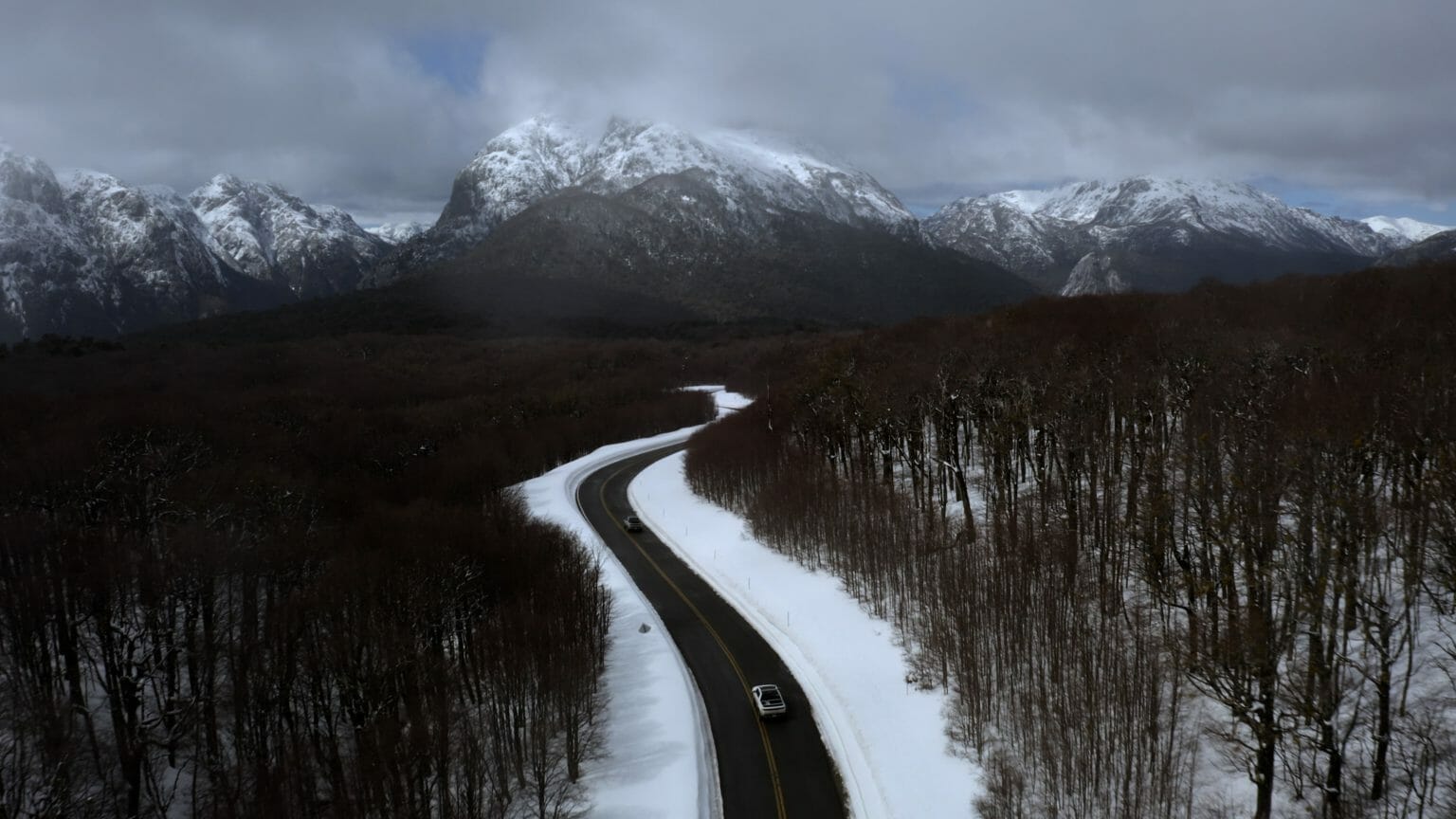It shouldn’t make for compelling TV – the Scottish actor Ewan McGregor losing a pair of sunglasses on a desolate road in Argentina and finding them the next day – but it does!
What’s more, it’s compelling TV that has deep connections to sustainability, tech innovation and the future.
On September 18, the latest in Ewan McGregor and Charley Boorman’s long-running series of motorbike road trips hit the streets as the first three episodes of Long Way Up were released on Apple TV+.
McGregor and Boorman first partnered up in in 2004 for Long Way Round (London – New York City via Mongolia, Kazakhstan and a few other places along the way), and followed up with 2007’s Long Way Down (The northern tip of Scotland to Cape Town, South Africa).
This time around, the two friends set out to travel from Ushuaia at the southern tip of Argentina to Los Angeles.
Like the first two trips, this is one is based on a long and often-challenging journey through stunning scenery, welcoming communities and trying circumstances, and is suffused with humor, authenticity and a deep helping of humanity.
What makes it different is that McGregor and Boorman are riding electric motorcycles the length of the 13,000 mile journey (courtesy of Harley Davidson). And because of this, the technology and its relevance to the use of renewable energy are deeply entwined in the story that unfolds.
The sunglasses incident occurs in episode four. Running short on charge in the middle of the desert north of Bardas Blancas in Argentina, Ewan and Charley pull into an isolated farm to see if they can cadge a charge.
The electricity supply turns out not to be able to provide the current they need, and so they turn back to the previous town rather than risk becoming stranded – and in the process, Ewan loses his sunglasses.
When they pass the same spot the following day, now fully juiced up, there are the glasses, lying in the dirt by the side of the road.
It’s a seemingly trivial moment in a long journey, but you can’t help sharing in McGregor’s elation as it captures one small victory in how these two riders and their support team are making the seemingly-impossible, possible.
I must confess, I’m riveted by this series. I loved the first two for their down to earth authenticity, lack of pretension, and genuine edge-of-your-seat tension. But there’s something special about this one as Ewan, Charley and the team rewrite what’s possible with electric vehicles.
I’m mesmerized by the Tron-esque whirr of the motorcycles as they sweep by (I’m not sure why—I’m not even that interested in motorbikes—but if a sound ever screamed “future”—this is it!).
I am enamored by how the technology opens up conversations and builds connections with people wherever the team goes.
And I’m excited by how the program subtly captures a narrative around the importance of thinking differently about the planet we live on and the future we’re creating.
To add to this, the support team are also using two all-electric pickup trucks—the first ever prototypes produced by Michigan company Rivian. The fact that these are the first two vehicles ever made by the company, and they are very clearly prototypes, adds another dimension to the series that makes this unmissable TV.
And to cap things off in a way that I find very satisfying, the production team are all players in the journey that unfolds—this is very much an ensemble piece.
Of course, Long Way Up isn’t a perfect vehicle for exploring a sustainable electric future—it is, after all, a road trip, not a documentary on sustainable energy. But it’s pretty good at making you think about what’s important and what’s possible while being utterly hooked. And that’s what connects it deeply to what we’re about in the College of Global Futures.
I’d highly recommend watching Long Way Up if you can, for the technology, its messaging around sustainability and the future of the planet, stunning filmography, and a sound-track to die for.
Oh, and the motorcycles!
